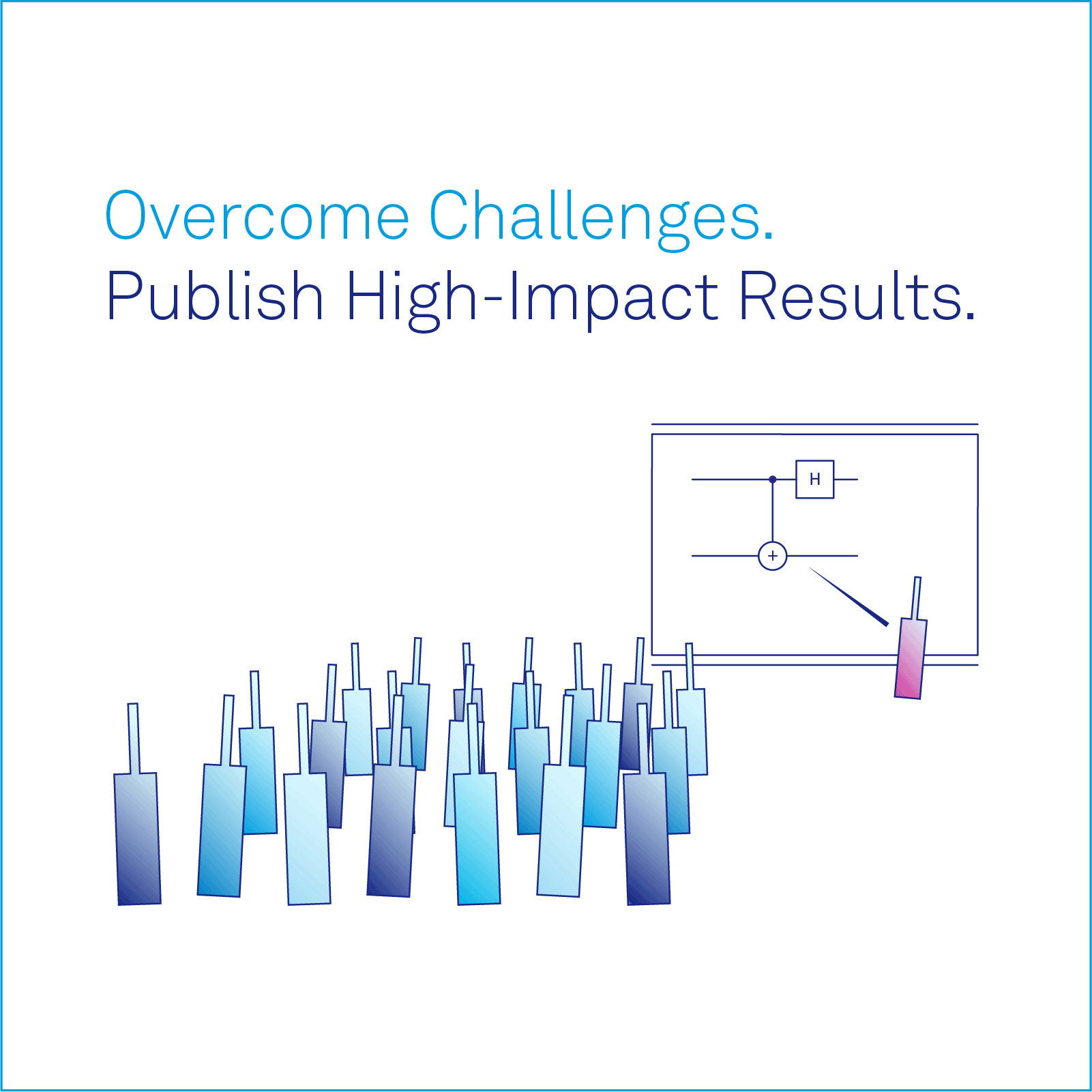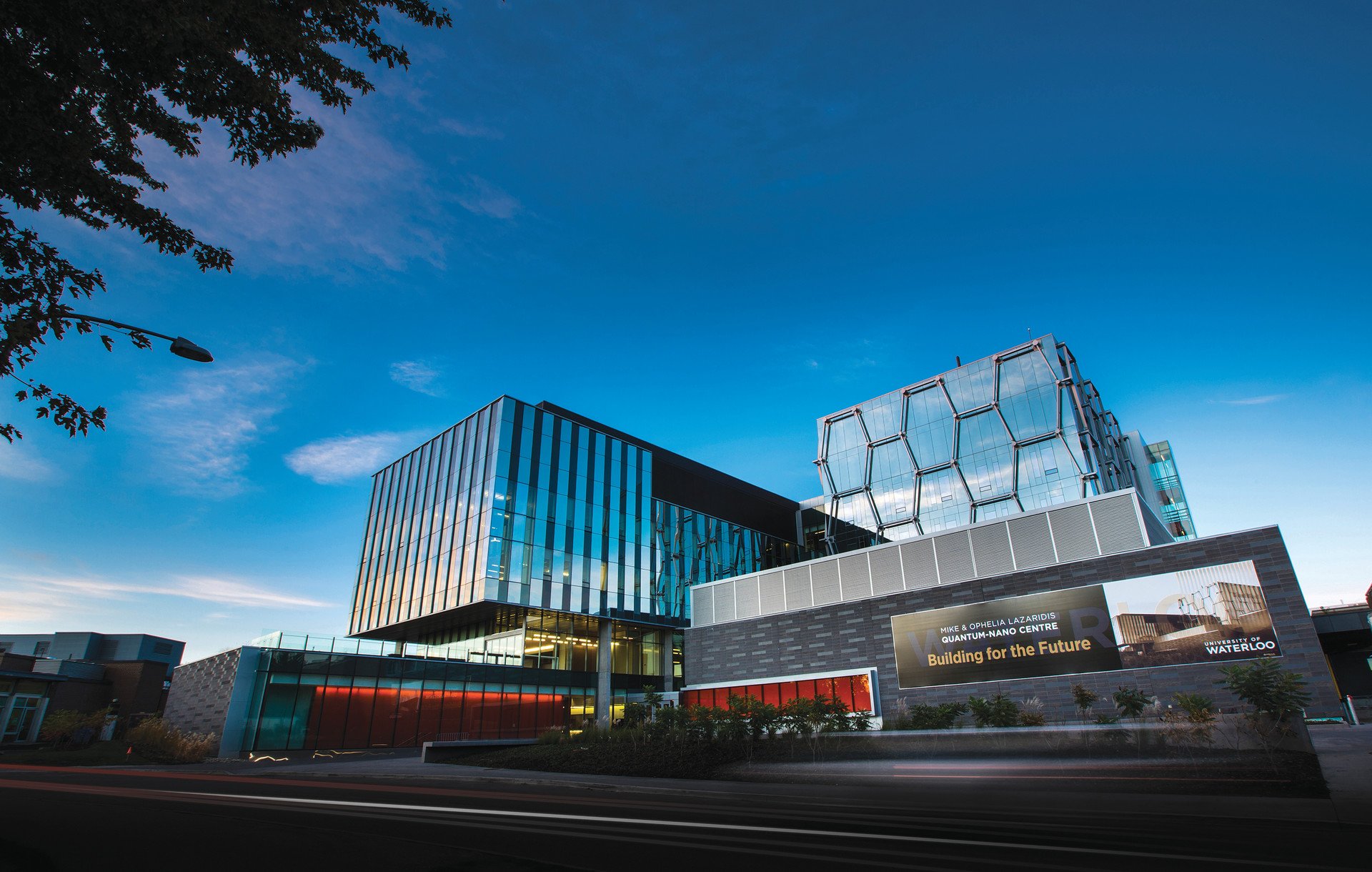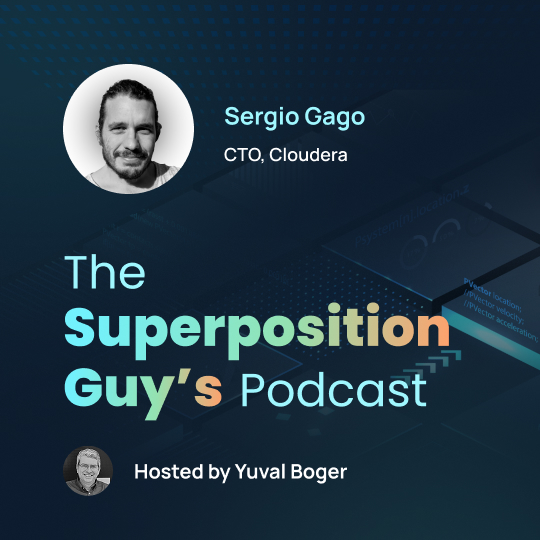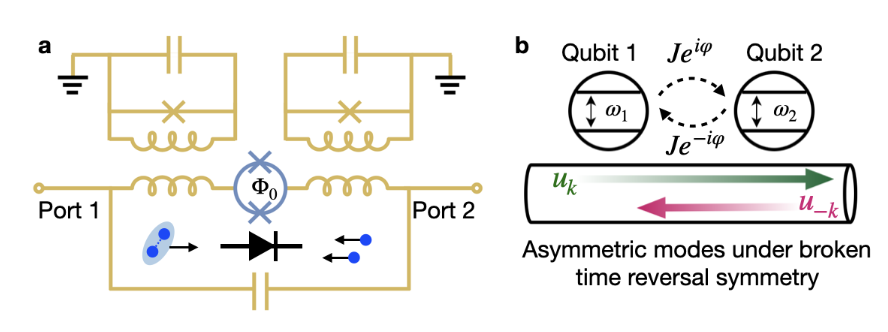Insider Brief
- Oxford University researchers successfully linked two quantum processors using optical fibers, demonstrating distributed quantum computing.
- The experiment used quantum teleportation to perform logical quantum gates across modules, adding evidence for a scalable alternative to single-device quantum computers.
- The study lays the foundation for future large-scale quantum computing and aligns with efforts to develop a quantum internet for secure communications and distributed computation.
- Image: Dougal Main and Beth Nichol working on the distributed quantum computer. Image credit: John Cairns.
Scientists at Oxford University have linked two separate quantum processors into a single, fully connected quantum computer, marking a major step toward scalable quantum systems, the team reports in a study and university news release. The experiment, published in Nature, demonstrates the feasibility of distributed quantum computing, a strategy that could eventually enable powerful quantum machines without the need for massive single-device architectures.
The advance tackles one of quantum computing’s biggest obstacles: scalability. Quantum computers rely on qubits, the quantum equivalent of classical bits, to process information. But creating a machine with millions of qubits in a single device presents engineering and stability challenges. Instead, Oxford’s researchers connected smaller quantum processors using optical fibers, allowing them to function as a unified system. Theoretically, there is no limit to how many modules could be linked this way.
“By interconnecting the modules using photonic links, our system gains valuable flexibility, allowing modules to be upgraded or swapped out without disrupting the entire architecture,” said Dougal Main, a physicist at Oxford and lead author of the study.

Linking Smaller Processors
The approach is similar to how traditional supercomputers operate. Instead of relying on a single massive processor, supercomputers link multiple smaller processors to work in parallel, according to the researchers. For quantum computing, this distributed model offers a path to large-scale machines without requiring qubits to be packed into a single, unwieldy device.
At the core of the experiment is quantum teleportation, a technique that allows quantum information to be transferred between distant qubits without physically moving them. Though quantum teleportation of states has been achieved before, Oxford’s team demonstrated quantum teleportation of logical gates—the building blocks of quantum algorithms—across a network. This is a key step in making distributed quantum computing viable.
Main said, according to the news release: “Previous demonstrations of quantum teleportation have focused on transferring quantum states between physically separated systems. In our study, we use quantum teleportation to create interactions between these distant systems. By carefully tailoring these interactions, we can perform logical quantum gates – the fundamental operations of quantum computing – between qubits housed in separate quantum computers. This breakthrough enables us to effectively ‘wire together’ distinct quantum processors into a single, fully-connected quantum computer.”
Grover’s Search Algorithm
To prove the system’s effectiveness, the researchers ran Grover’s search algorithm, a quantum algorithm that can sift through large datasets much faster than classical computers. The successful execution of the algorithm showed that distributed quantum computing can maintain the computational advantages of quantum technology while allowing for a modular architecture.
The system consists of trapped-ion qubits — charged atoms that store and process quantum information — housed in separate modules. These are connected using optical fibers, which transmit quantum information via photons. The researchers achieved an 86% fidelity rate for a quantum gate executed between the modules, a performance they say can be improved with better calibration and technical refinements.
Professor David Lucas, the study’s principal investigator and a lead scientist for the UK Quantum Computing and Simulation Hub, emphasized that while the experiment proves the feasibility of networked quantum computing, much work remains.
“Our experiment demonstrates that network-distributed quantum information processing is feasible with current technology,” Lucas said. “Scaling up quantum computers remains a formidable technical challenge that will likely require new physics insights as well as intensive engineering effort over the coming years.”
Oxford’s work aligns with broader efforts to develop a ‘quantum internet,’ where distant quantum processors could communicate securely and share computational workloads. Such a network would not only enable more powerful quantum computing but also advance secure communication protocols that rely on quantum entanglement.
The findings also have implications beyond Oxford’s trapped-ion system. Because photons can interface with a variety of quantum computing platforms, similar networked approaches could be applied to other technologies, such as superconducting qubits or neutral atom systems.
The team added that the teleportation protocols are not limited to qubits, but could also be allowing other platforms to benefit from the DQC architecture, including higher-dimensional quantum computing models, such as qudits and continuous-variable quantum computing.
More Than Computing
According to the researchers, the advance could benefit more than just quantum computing.
“The scope of these networks extends beyond quantum computing technologies; the ability to control distributed quantum systems, as enabled by this architecture, to engineer complex quantum resources has applications in multipartite secret sharing, metrology and examining fundamental physics,” the team reports.
Funding for the research was provided by UK Research and Innovation’s Engineering and Physical Sciences Research Council (UKRI EPSRC) as part of the UK National Quantum Technologies Programme. The results provide a foundation for future work on integrating multiple quantum processors into larger, high-performance computing systems.
The research team included: Dougal Main, Peter Drmota, David P. Nadlinger, Ellis Ainley, Ayush Agrawal, Bethan Nichol, Raghavendra Srinivas, Gabriel Araneda and David Lucas.

















